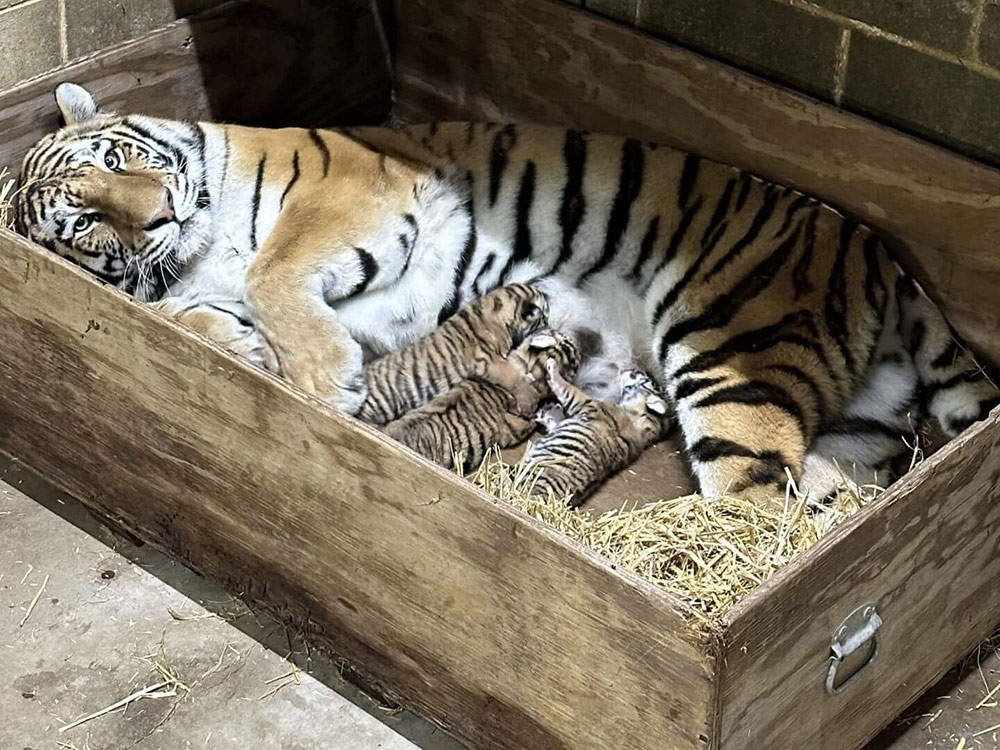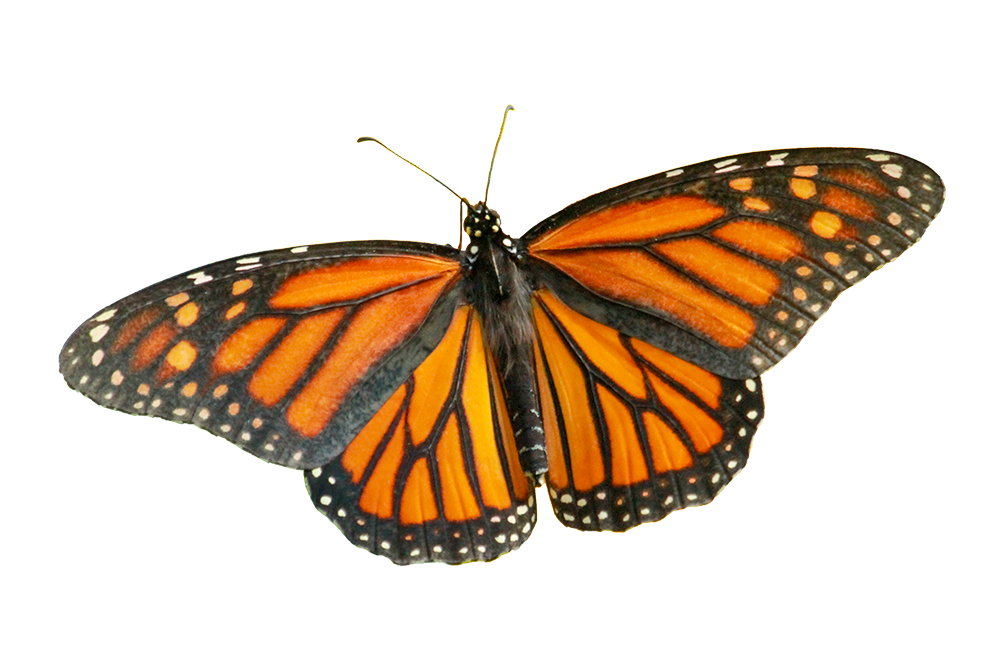There are over 16,000 animals in our care, and welcoming new arrivals is a joyous, well-coordinated and labor-intensive process.
For expecting mothers, team members provide the best nutrition, veterinary care and birth plans to help ensure healthy moms and babies. For adults animals that arrive at the Zoo from other organizations, our team ensures the animals are healthy through veterinary care and stays in our comfortable quarantine habitats before introducing them to other animals.
In 2023, we welcomed 1,184 babies (not including invertebrates) and 97 new arrivals to the Zoo. Here are just a few of them!
Male western lowland gorillas Kayin and Zachary came to our Zoo based on a recommendation by the Association of Zoos and Aquariums.
- Three new Chacoan peccaries joined River’s Edge: Tapo, Jebediah, and Fen. They are a father-and-sons trio who enjoy digging and rolling in their sand pit, rooting through vegetation in their habitat, and snacking on some of their favorite treats. Peccaries are like pigs, and they share a common ancestor; however, they are part of a separate family! Chacoan peccaries can be found throughout the arid Gran Chaco region of South America.
- Two critically endangered mongoose lemurs were born at the Zoo in April 2023. Mother lemur Tiana gave birth to healthy lemur twins, Odie and Beignet. Twins are exceptionally rare with lemurs. Tiana is a first-time mom and has been wonderful with her two little ones.
- Five-year-old trumpeter swans Charlie and Marilyn (named after Zoo Director Emeritus Charlie Hoessle and his wife, Marilyn) welcomed two new members of the family in May 2023. They are the first trumpeter swans to hatch at the Zoo since 1996.
- Three spur-winged plover chicks hatched in early June. In their early life, they rely heavily on their mom and dad for food and shelter. Spur-winged plovers mate for life. They are territorial and will devotedly defend their nest. When there are eggs, both the male and female will incubate the eggs for about three weeks and help raise the young.
- In 2023, the Zoo saved 10 baby Antilles pinktoe tarantulas that were part of a larger U.S. Fish and Wildlife Service confiscation of almost 300 babies brought into the country illegally. Those animals were headed for the exotic pet trade. The babies were the size of a thumbnail!
- Sumatran orangutan Rubih gave birth to her first baby — a male, named Forest — in December 2023. This is the first orangutan birth at the Zoo in nine years.
- Three critically endangered Amur tiger cubs were born to mom Reka — Darya (a female), Ussuri (a male) and Sungari (a male) — in November 2023. The cubs are the first successful tiger births at the Zoo in more than 10 years.


